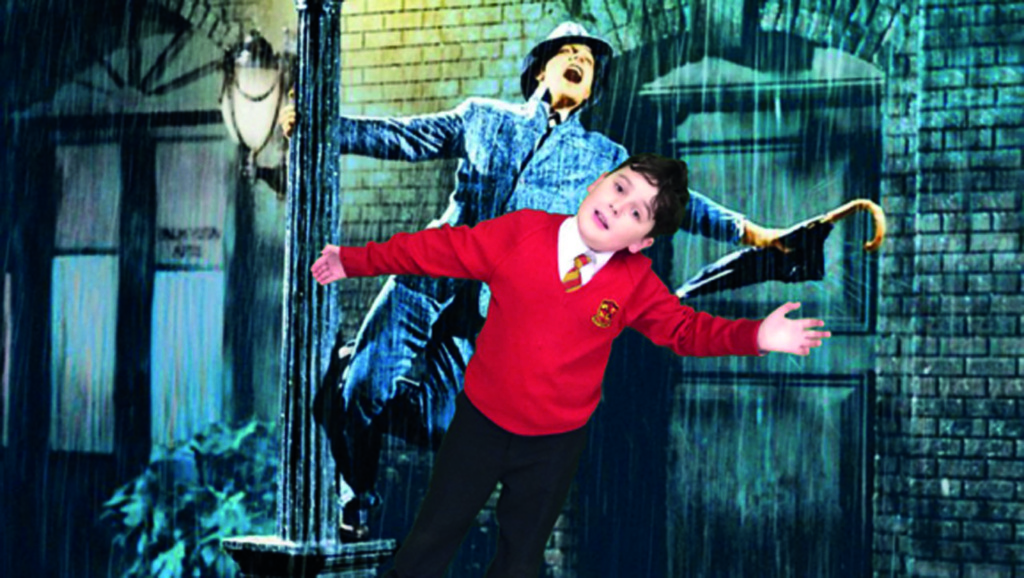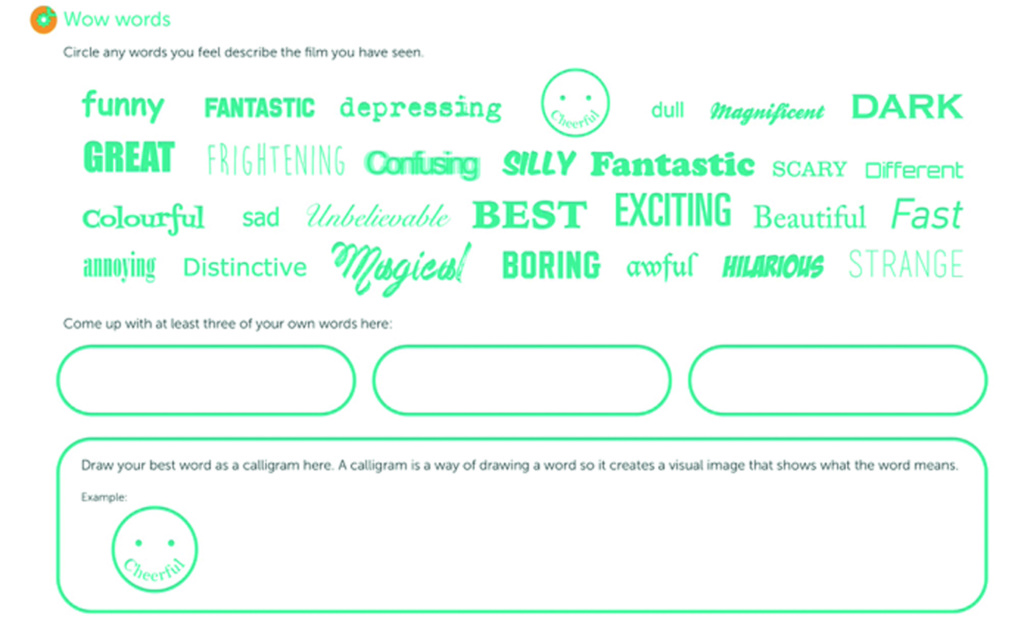
Bridge Integrated Primary School is situated in County Down, Northern Ireland. It has just over 400 pupils and is currently celebrating its 30th anniversary. It has had a Film Club for the past five years and the 36 members, aged between 8 and 11 years old, meet every week for one hour to watch, discuss and review movies. It has proven to be one of the most popular clubs in the school, and last year they achieved a Platinum Film Buff status, the first school in the UK to achieve that honour. This status was achieved by watching over 15 movies from a list curated by Into Film that came from a wide variety of genres and styles of movies. In February 2018 they were nominated by Into Film as one of the top three film clubs in the UK and they were invited to walk down the red carpet in London at the Into Film Awards ceremony.
Five years ago, Paul Scowcroft began a journey, with the support of Into Film, to introduce a film club to the school as a way of getting children interested in film and the process of reviewing movies. He shares his experience and some of his initiatives for teaching critical thinking and creative writing using film as the backdrop.
Getting Started
At the beginning of our journey, we started by watching movies and then using a website to frame our short reviews. It soon became apparent that the children wanted more assistance in how to create or model their reviews, as it was a format they found difficult to sustain any form of critical analysis even at a simple level. Our first reviews in the film club were very short and while we did have some good writers who could create beautiful stories laden with adjectives, adverbs, metaphors and similes, they found it difficult to give a personal opinion with any form of supporting evidence.
Laying the Foundations
Our first step in developing reviews was to introduce the concepts of Character, Colour and Camera – The Three C’s, and Sound, Story and Setting – The Three S’s.
Into Film had developed a wonderful resource that identified key components of each particular area and introduced the children to the correct vocabulary that they could use in their reviews and which would also spill over into their general literacy work, especially in terms of creative writing.

In terms of the children’s writing development, I decided to focus on using Character, Story and Setting. This was mainly because these aspects would enable the children to develop as review writers, and have people be impressed by what they were writing. There is nothing like the praise of an adult, whether they are a teacher or a parent, for a child’s work. The praise often acts as a stimulus for the children to produce more.